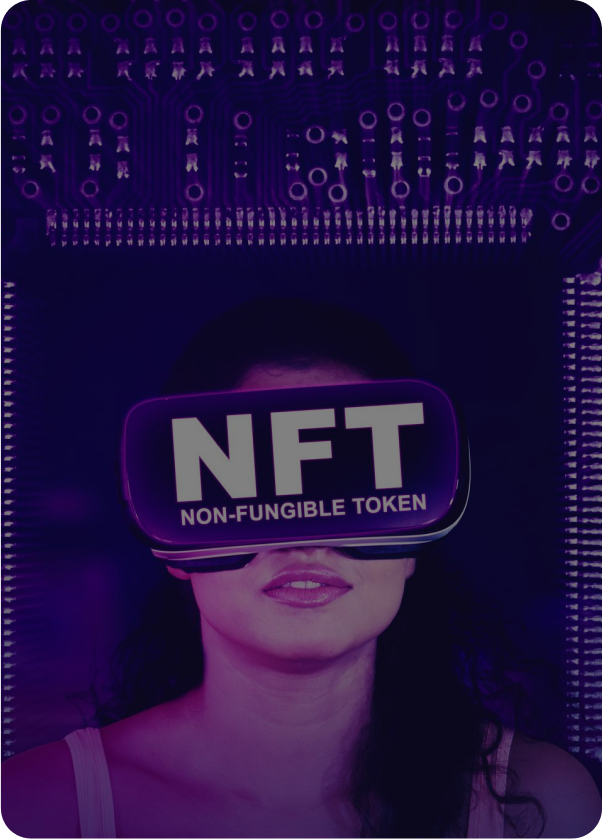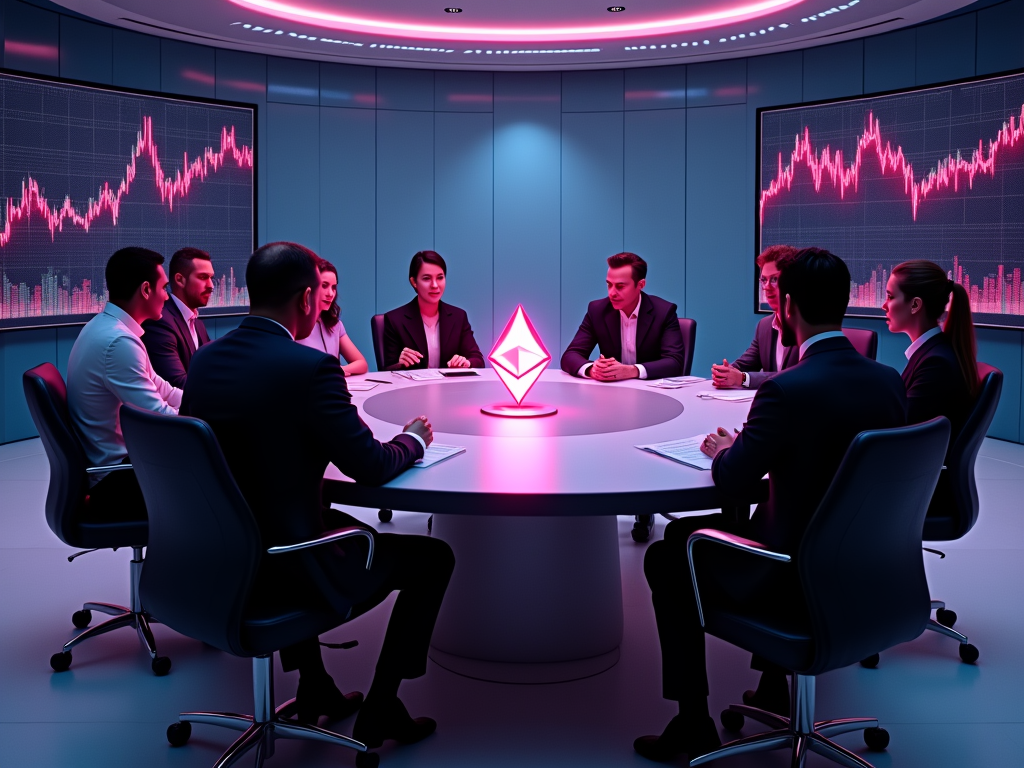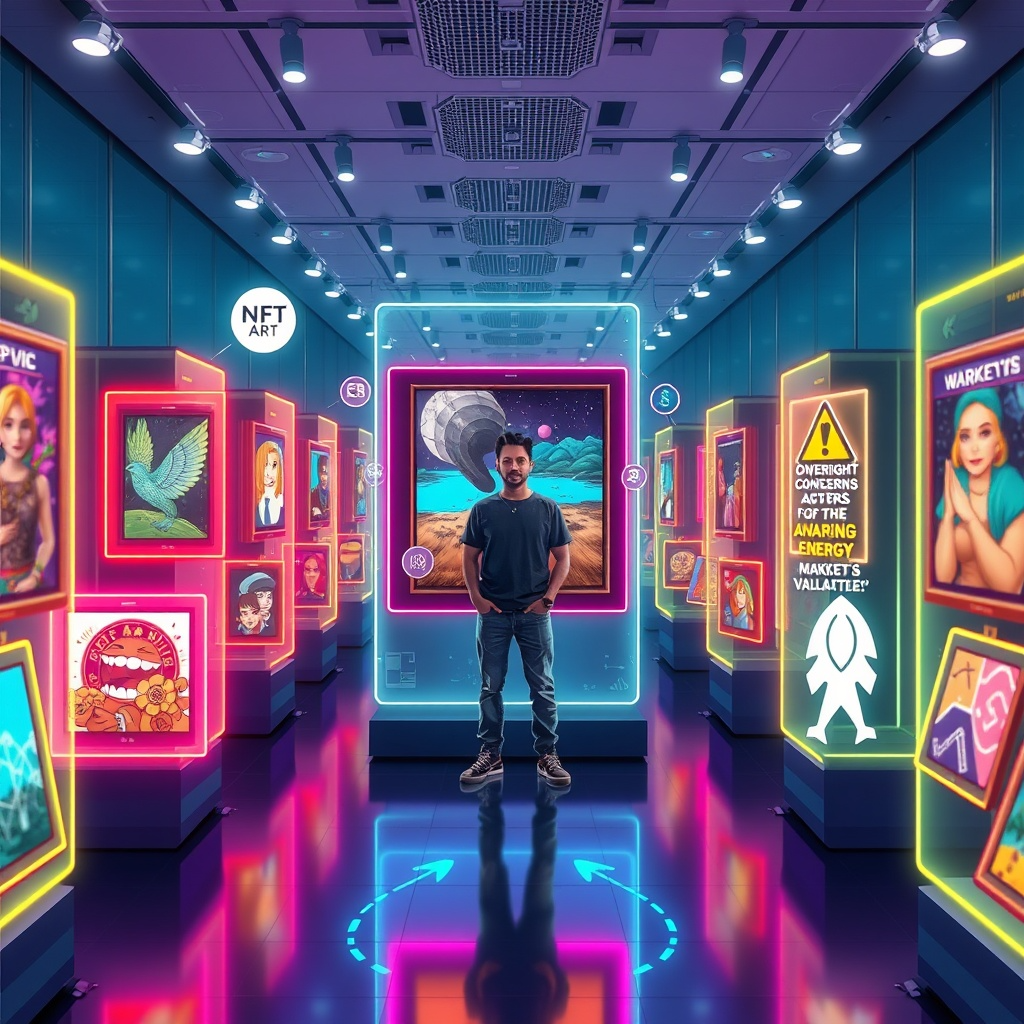The gaming industry is undergoing a major transformation, thanks to the rise of non- fungible tokens (NFTs) and Play-to-Earn (P2E) models. Traditional video games have long been a source of entertainment, but with the introduction of NFTs, players can now own in- game assets and even earn real-world value by playing games. This shift has not only disrupted the gaming landscape but has also provided players with new economic opportunities that go beyond simply having fun. In this blog, we’ll explore how NFT gaming works, what Play-to-Earn models are, and the challenges and opportunities they bring to the gaming industry.
What Are NFTs in Gaming?
In traditional games, players can purchase or earn virtual items like skins, weapons, or characters, but these assets are typically owned by the game developers, not the players. Once a game shuts down or players stop playing, those items lose all value.
NFTs change this by giving players true ownership of in-game assets. These digital assets are stored on the blockchain and can be bought, sold, or traded on secondary markets, often for real-world currency. Each NFT is unique, and its ownership is recorded on a decentralized ledger, ensuring that players have control over their virtual items outside the confines of the game itself.
In gaming, NFTs can represent anything from characters, weapons, and skins to entire virtual properties or in-game currencies. Because these assets are decentralized, players are not tied to any one game or platform. They can take their NFTs to different games or sell them in open marketplaces, creating a new level of interoperability and economic freedom.
Play-to-Earn Models: What Are They?
Play-to-Earn (P2E) models are a new type of gaming economy where players are rewarded with cryptocurrencies or NFTs for participating in and progressing through a game. Unlike traditional games where players pay to play or earn in-game currency that holds no real value, P2E games allow players to generate income from their gameplay.
In a Play-to-Earn game, players typically earn NFTs or cryptocurrency tokens as rewards for completing tasks, winning battles, or achieving milestones. These rewards can then be traded for other cryptocurrencies or converted into real money. In some cases, players can even reinvest their earnings back into the game to acquire more powerful assets, thus creating a cycle of earning and reinvesting.
Popular NFT Play-to-Earn Games
Several Play-to-Earn games have gained significant traction and popularity, offering players new ways to earn while playing:
1. Axie Infinity
One of the most well-known Play-to-Earn games, Axie Infinity allows players to collect, breed, and battle creatures called Axies. Each Axie is an NFT, and players earn rewards in the form of Smooth Love Potion (SLP) tokens, which can be traded on cryptocurrency exchanges. Players can sell their Axies or SLP tokens for real money, making Axie Infinity one of the most successful examples of a P2E game.
2. Decentraland
Decentraland is a virtual world where players can buy, sell, and trade virtual real estate, items, and experiences, all of which are represented as NFTs. Players can also create and monetize content within Decentraland, earning the platform’s native cryptocurrency MANA for their efforts. This platform offers a robust economy where players can profit from their digital investments.
3. The Sandbox
The Sandbox is another blockchain-based virtual world where players can create, own, and monetize their in-game assets as NFTs. Players can build games, create digital art, and sell their creations within The Sandbox’s marketplace, earning rewards in SAND tokens. The platform gives players the tools to design their own gaming experiences and profit from them.
The Benefits for Gamers
NFT gaming and Play-to-Earn models offer several benefits to gamers, giving them more control over their in-game assets and providing opportunities to earn real-world income:
1. True Ownership of In-Game Assets
One of the biggest benefits of NFT gaming is the concept of true ownership. Players can now own their in-game assets as NFTs, meaning they have full control over how they use or trade them. Instead of being locked into one game or platform, players can take their NFTs with them or sell them on secondary marketplaces, even outside the game environment.
2. Earning Potential
Play-to-Earn models allow gamers to monetize their time and skills. By completing tasks or participating in a game’s ecosystem, players can earn cryptocurrency or NFTs that can be traded for real money. This is especially appealing to players in developing countries, where earning money through gaming can significantly impact their financial well-being.
3. Interoperability Between Games
NFTs enable interoperability between games, meaning players can use the same asset across multiple games or platforms. For example, a weapon or character earned in one game could be used in another, creating a more dynamic gaming ecosystem and giving players more flexibility in how they use their assets.
Challenges Facing NFT Gaming
While Play-to-Earn games offer exciting new possibilities, they also come with several challenges that could affect their long-term viability:
1. High Entry Costs
In some Play-to-Earn games, especially those like Axie Infinity, players need to purchase NFTs (such as Axies) before they can start earning rewards. For new players, the cost of entry can be prohibitively high, creating a barrier for those who want to participate but cannot afford the initial investment. This can lead to a divide between wealthy players who can afford to invest upfront and those who cannot.
2. Game Balance and Economic Stability
Play-to-Earn games need to balance in-game economies carefully to ensure long-term sustainability. If too many players are earning rewards without sufficient demand for new NFTs or tokens, the value of the in-game economy could crash. Striking the right balance between rewarding players and maintaining economic stability is crucial to keeping P2E games viable.
3. Scalability and Network Fees
Many NFT games, especially those built on Ethereum, struggle with scalability issues. High transaction fees, or gas fees, make it expensive for players to buy, sell, or trade NFTs. Until
blockchain networks can scale more efficiently or implement Layer 2 solutions, these high fees could continue to be a barrier for NFT gaming adoption.
The Future of NFT Gaming
Despite the challenges, NFT gaming is expected to grow exponentially in the coming years. With advancements in blockchain technology and scalability solutions, games will become more accessible and cost-effective for players worldwide.
The rise of metaverses—virtual worlds where users can interact, play, and earn—also presents massive opportunities for NFT gaming. As metaverse platforms like Decentraland and The Sandbox continue to evolve, we’ll likely see more Play-to-Earn models integrated into these virtual environments, further blurring the lines between gaming, virtual economies, and real-world finance.
Moreover, as traditional game developers begin to explore the potential of blockchain technology, we may see more established game studios incorporating NFTs into their games, bringing NFT gaming to the mainstream.
Conclusion: The Changing Landscape of Gaming
NFT gaming and Play-to-Earn models are transforming the gaming industry by giving players ownership over their assets and the ability to earn real-world rewards. While there are challenges to overcome—such as high entry costs and scalability issues—the benefits of NFT gaming are clear. Players now have the opportunity to turn their gaming passion into a source of income, making gaming a viable economic activity for people worldwide.
As the technology continues to develop, NFT gaming is poised to play a central role in the future of entertainment, with more games embracing the Play-to-Earn model and players reaping the rewards of their in-game efforts.









